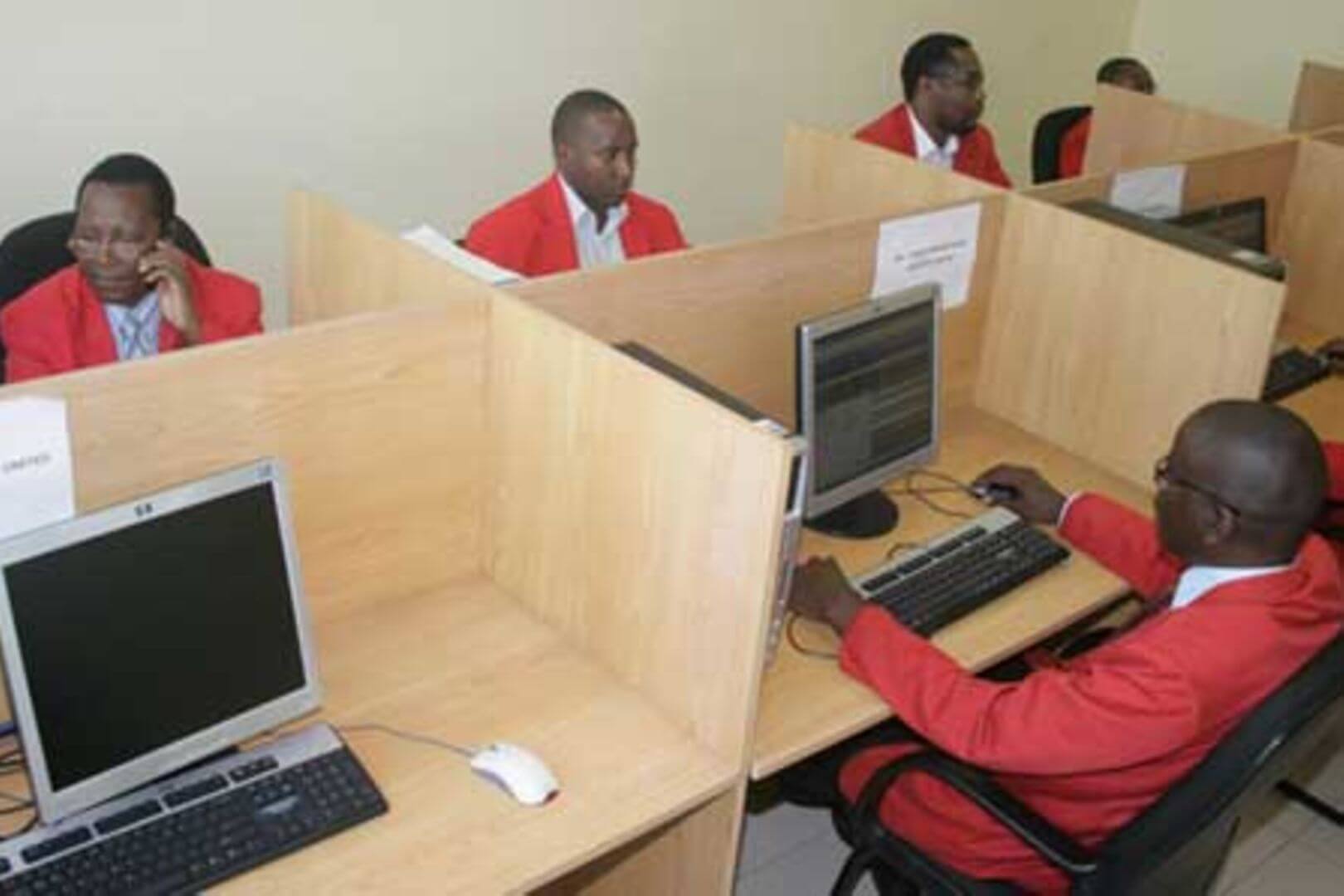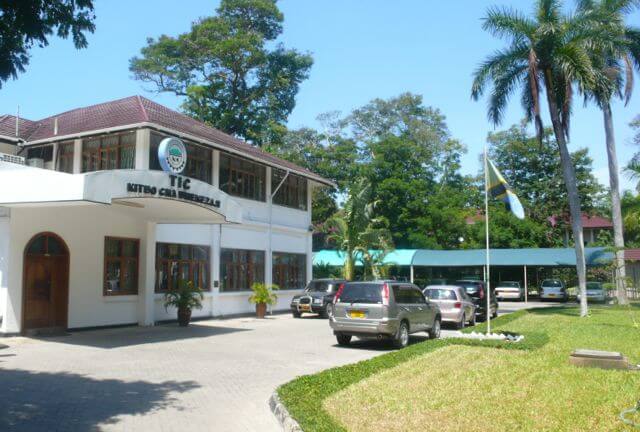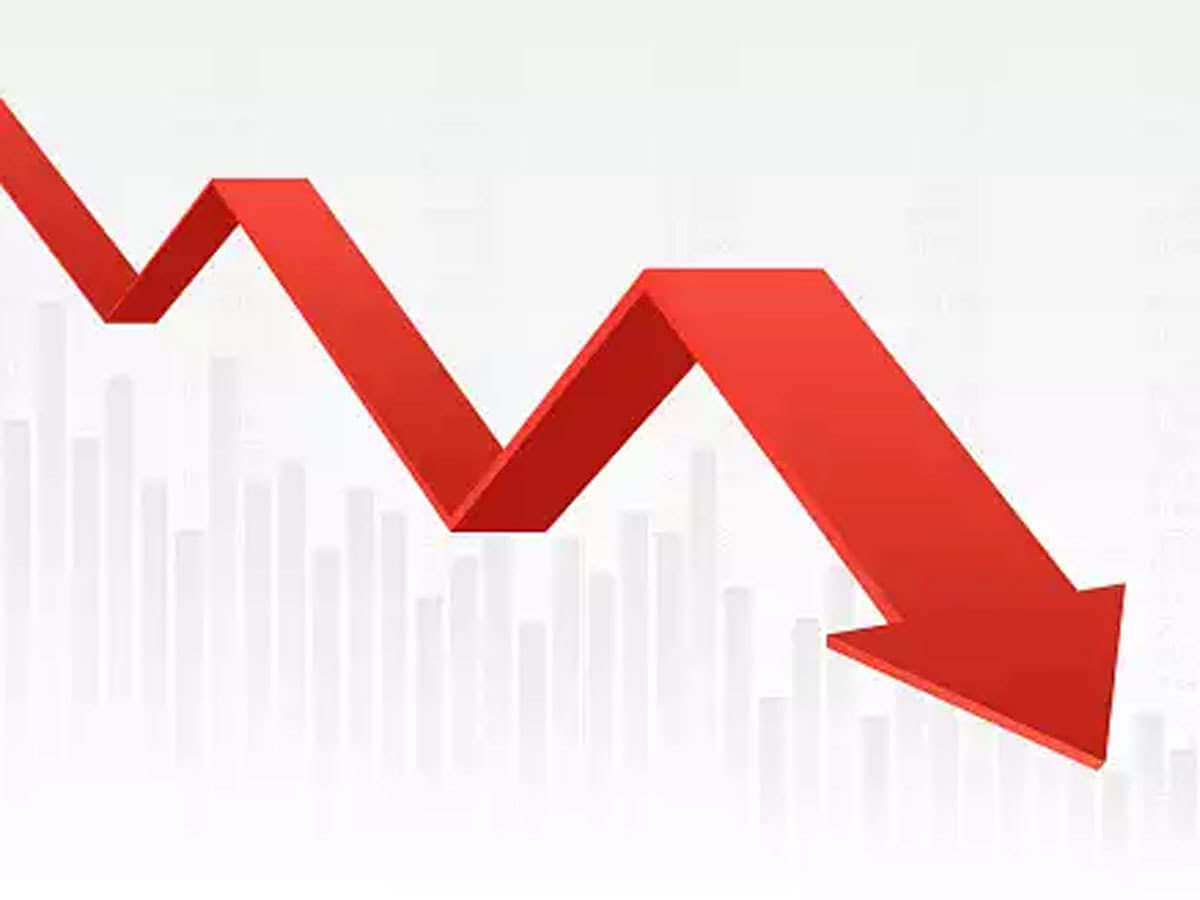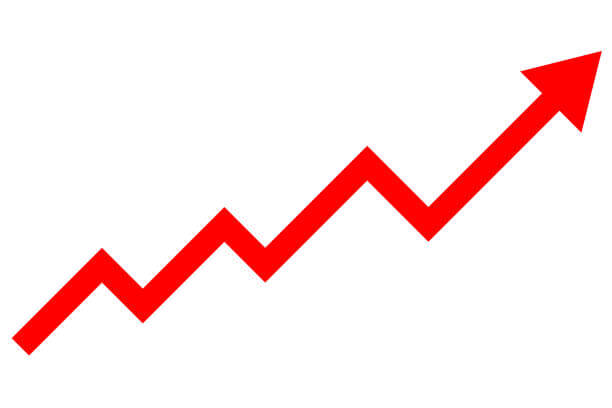The self-listed Dar es Salaam Stock Exchange (DSE) recorded a total turnover of 4.55bn/- from 2.89 million shares during the first eleven months of 2022 available data indicates.
According to the data, about 21 per cent of the turnover during the period under review was realized in a single transaction in January 2022, realizing a turnover of 950.8m/-
The price of DSE shares has already gone up by more than 340 per cent since its IPO, to a peak of 2,200/- in August 2022, before retreating to the current 1,700/- and during the five years since self-listing, DSE has already paid more than 10.2bn/- in dividends, with the highest pay out in 2020. The dividend yield has slightly risen from 5.2% in 2017 to 7.7 per cent in 2021.
DSE has four major sources of income which are listing fees, transaction fees, registry services and investments income and over the last five years, T-bonds listing fees has consistently accounted for more than 30 per cent of the exchange’s total revenue, reaching 37 per cent in 2021, while investment income reached 34 per cent in the same year from 23 per cent in 2018.

The exchange’s total income has been steadily growing, at a CAGR of 9.3 per cent for the last four years, especially from listing fees and investment income. Transaction fees has drastically dropped in the last four years due to a significant drop in equity turnover.
The total equity turnover from 2018 to November 2022 amounted to about 735bln, less than TZS 1,069bln made in 2015 alone. The drop in equity turnover1 is a result of various factors including the correction from the hot foreign investments in 2015, global movements and price determination mechanism rules at the DSE.
According to the Alpha Capital Valuation Report, “Treasury bonds listing fees is expected to continue being the main earner for the self-listed DSE , with the income share averaging at 40 per cent of the total income for the forecast period”.
The investment advisor noted that growth in listing fees shall be driven by a 12 per cent CAGR of outstanding listed Treasury bonds in the forecasted period, in tandem with national debt strategy for the next five years.







